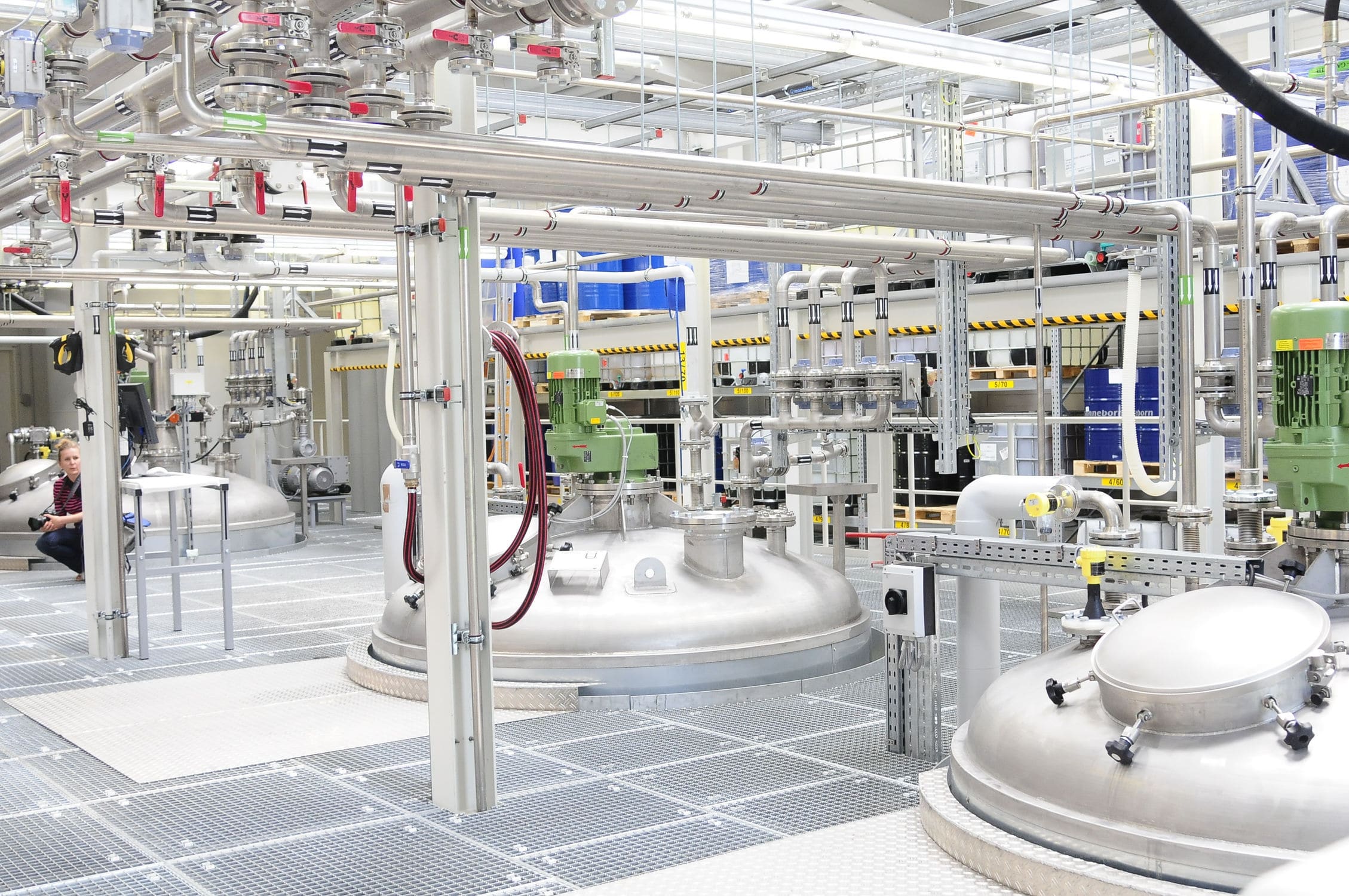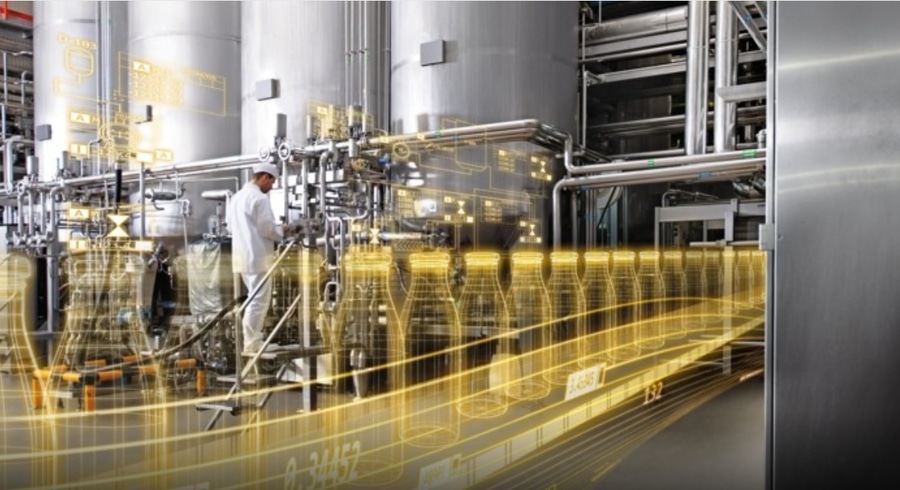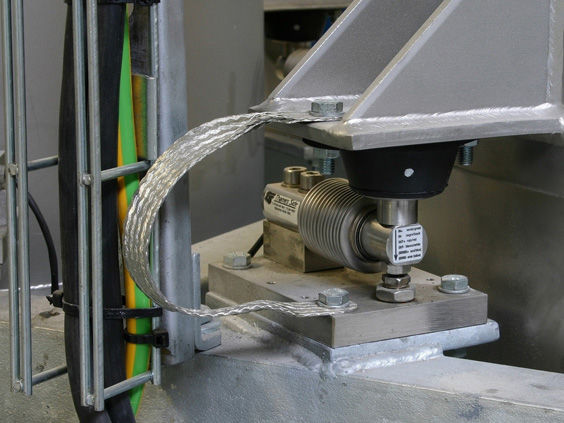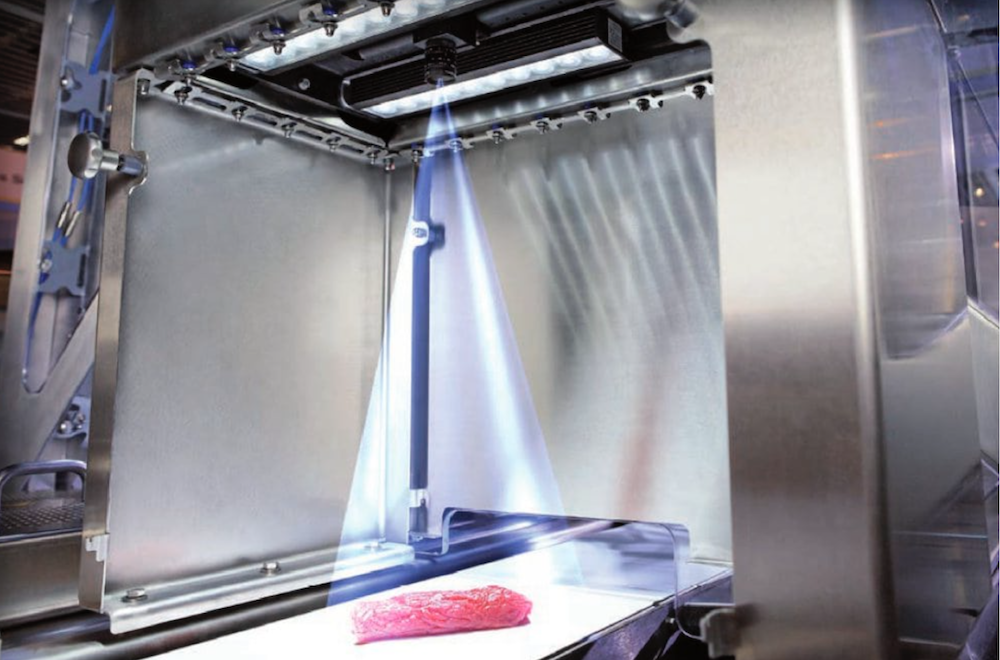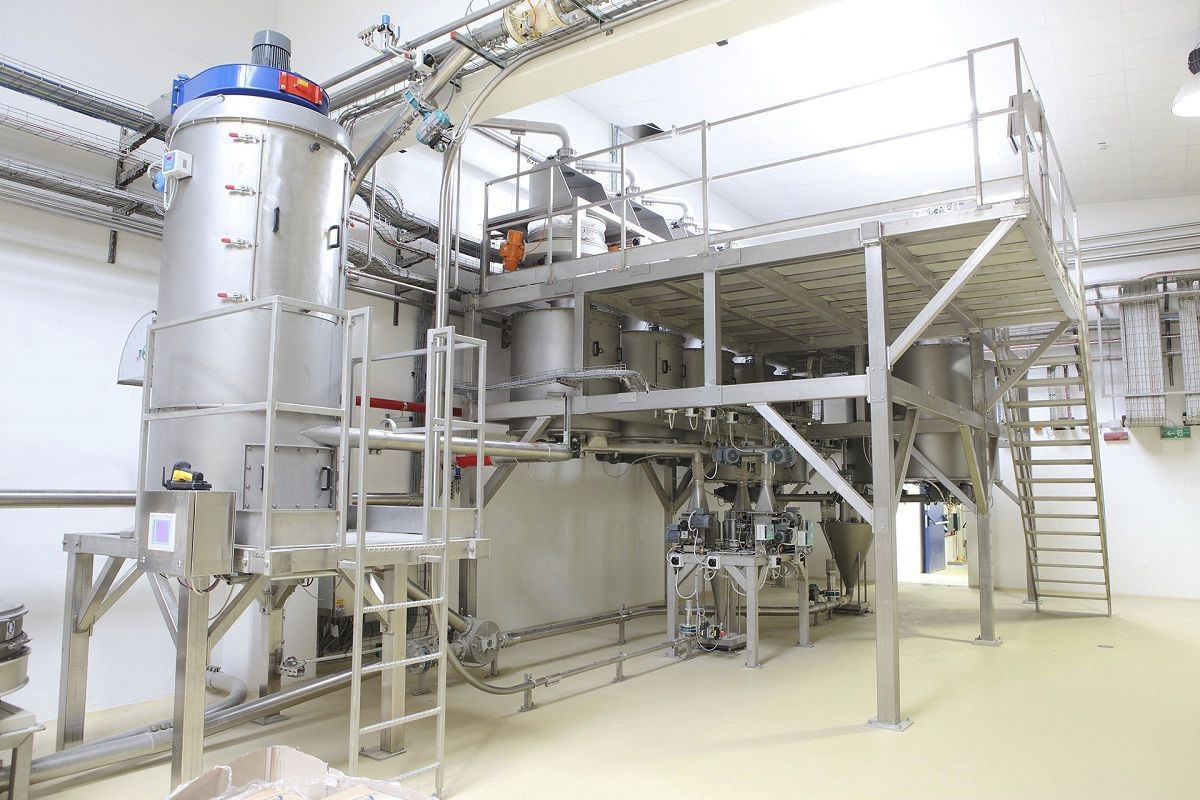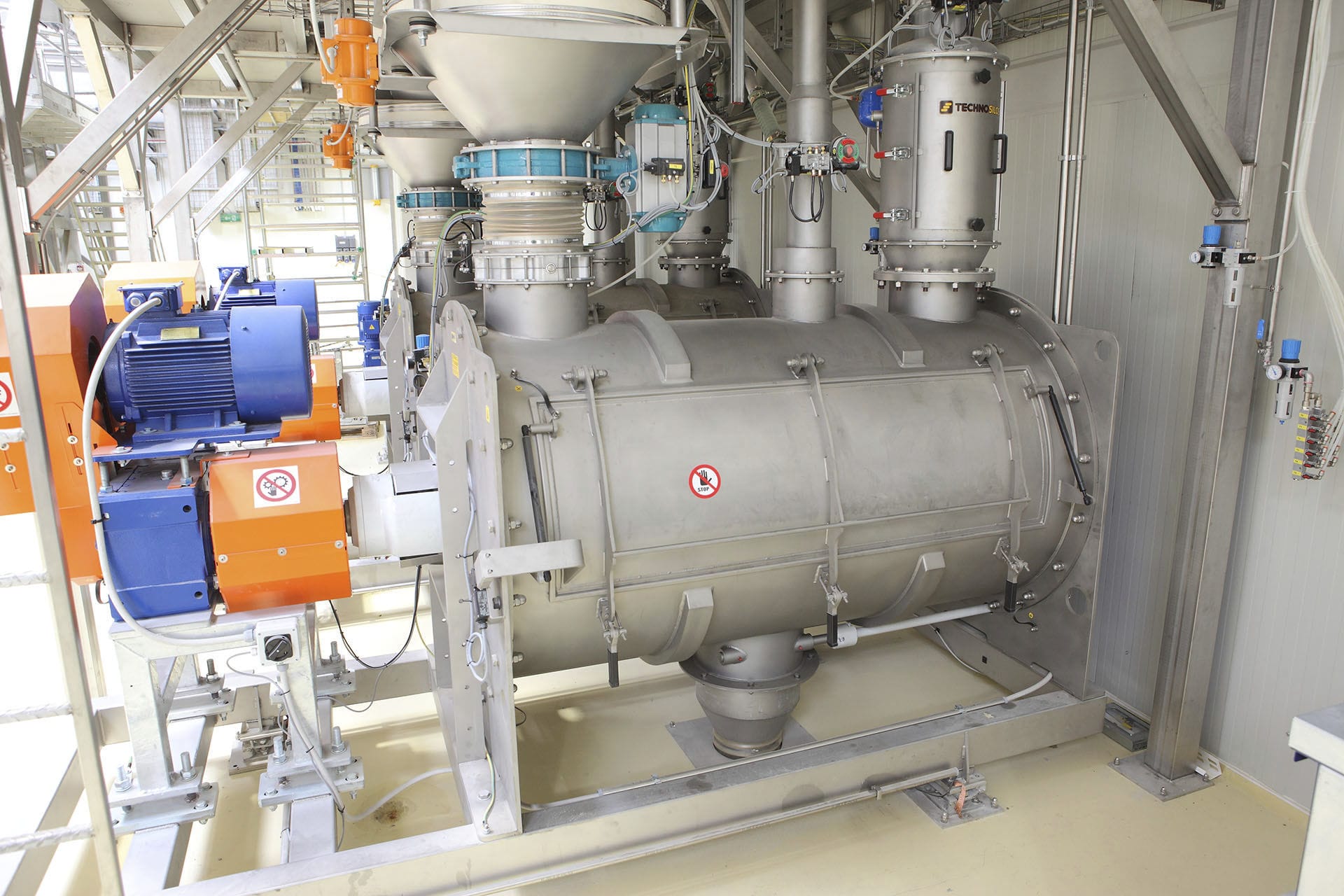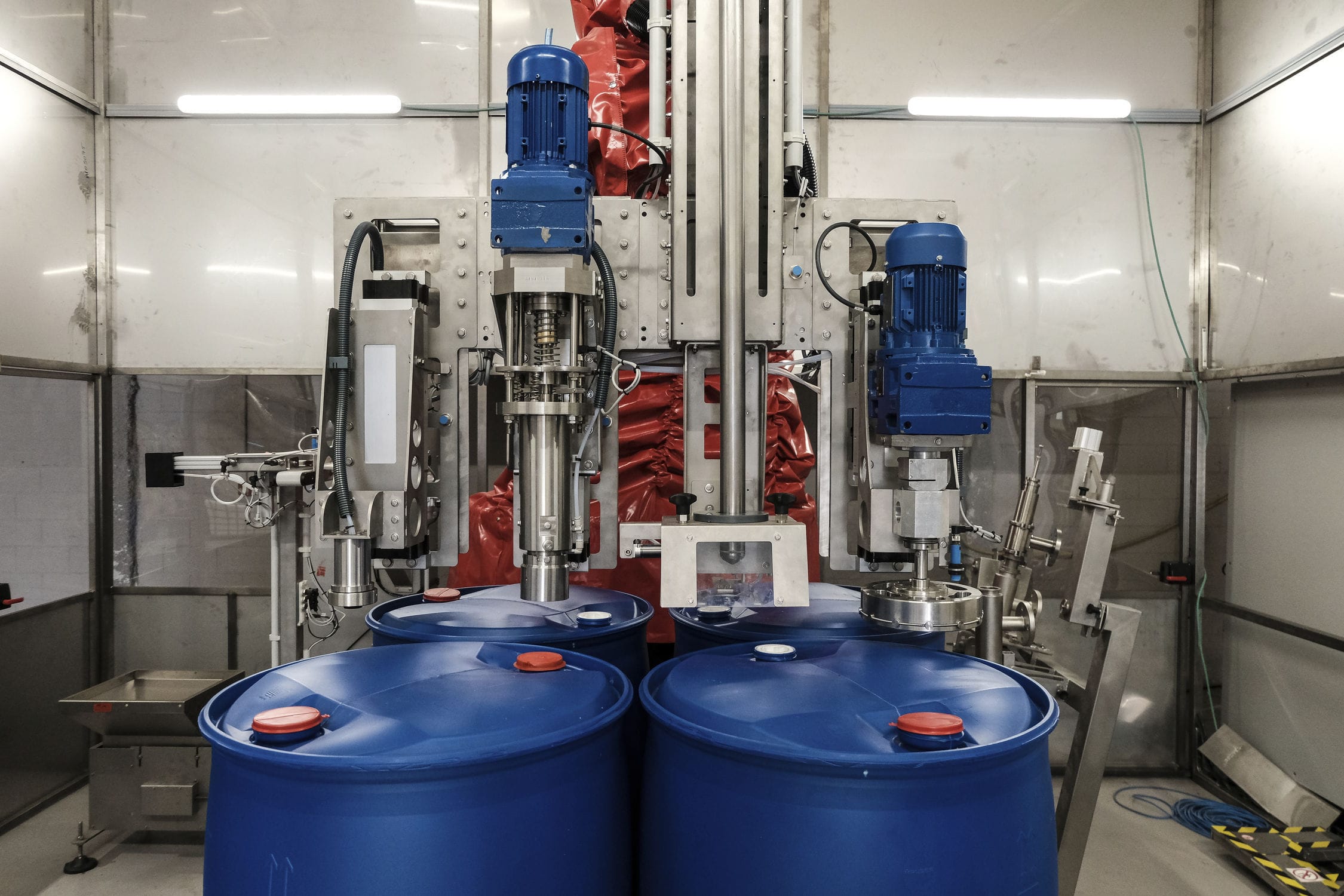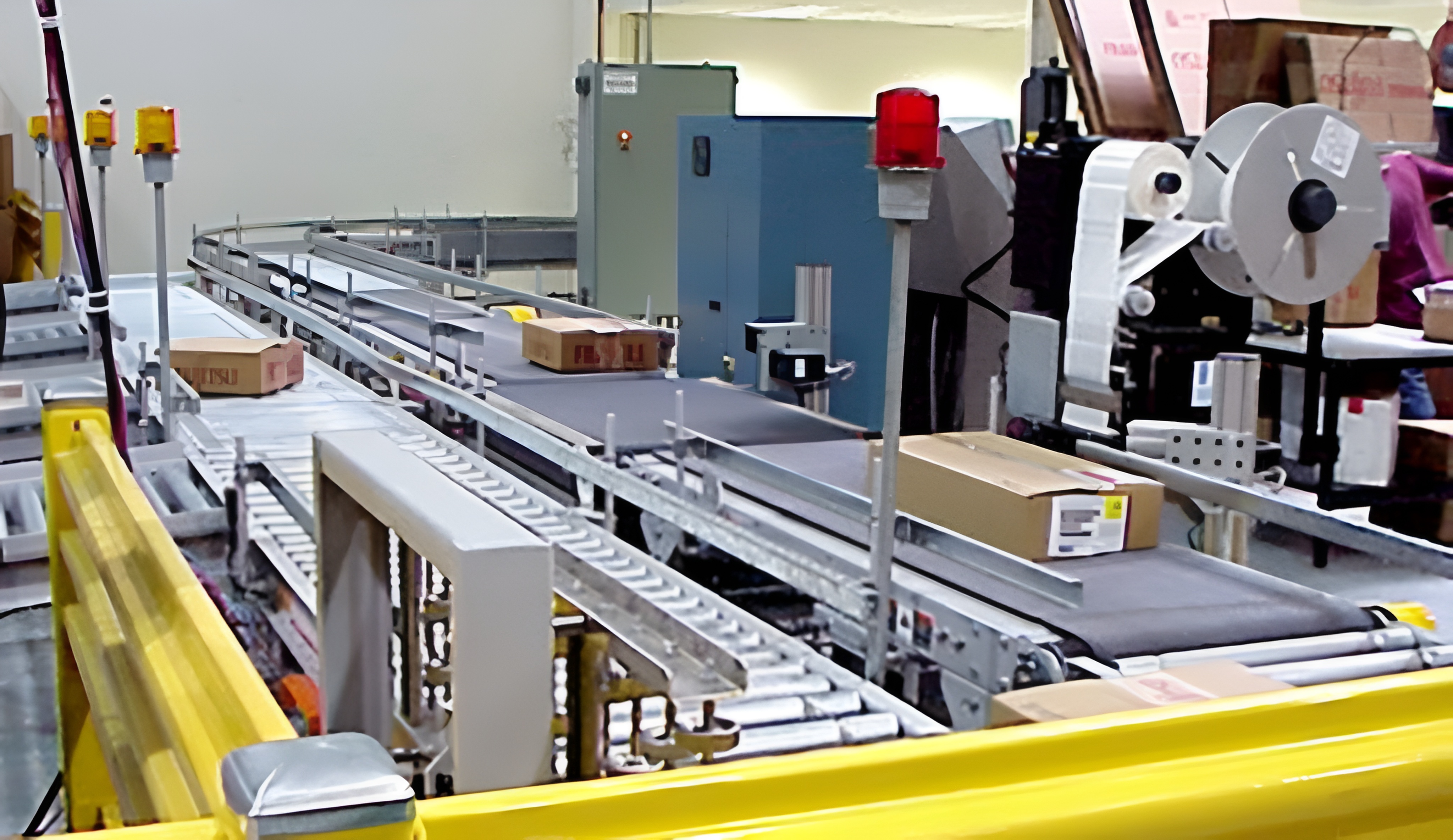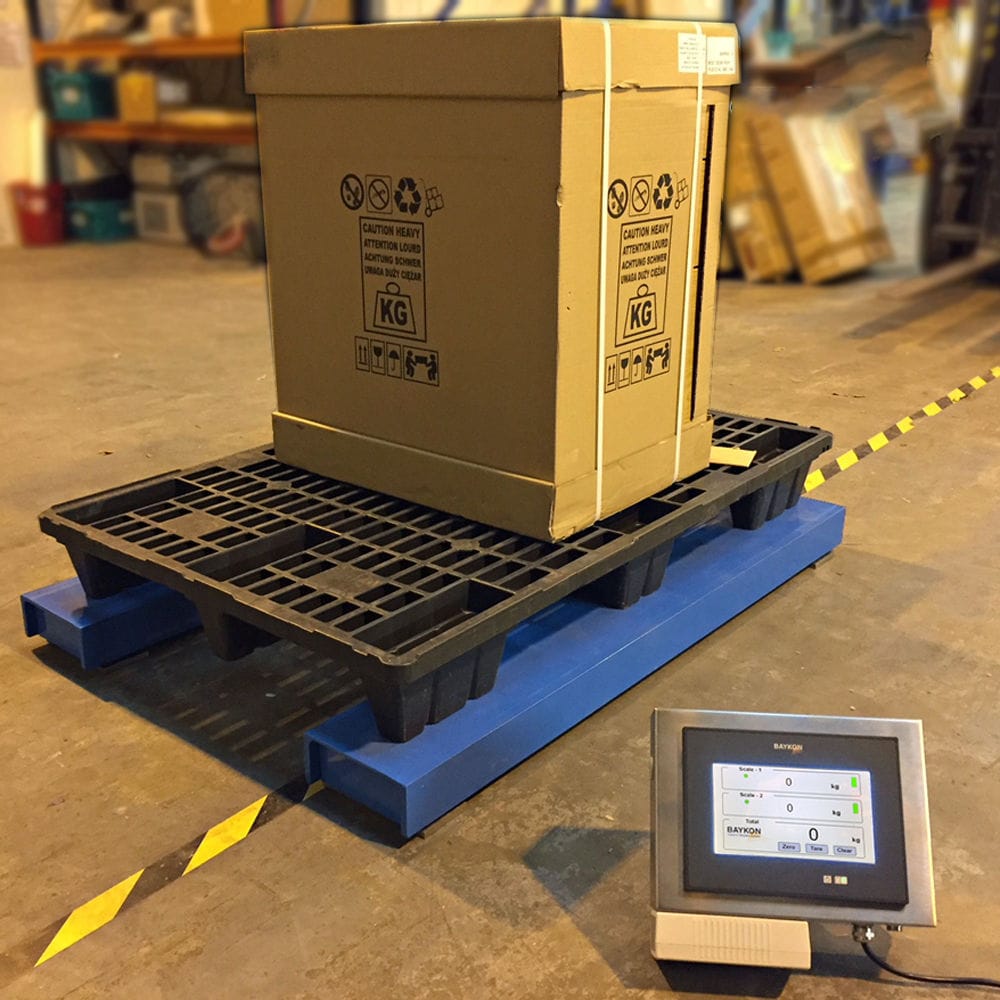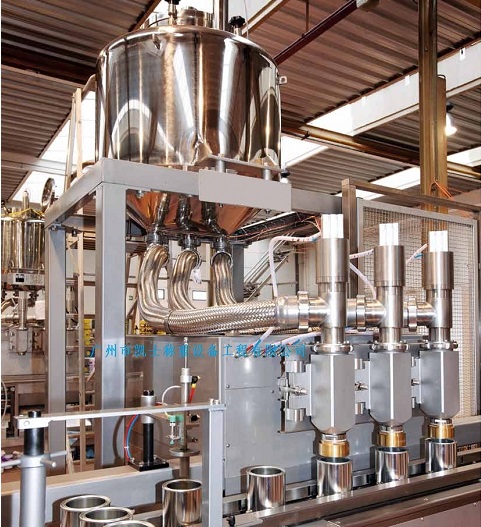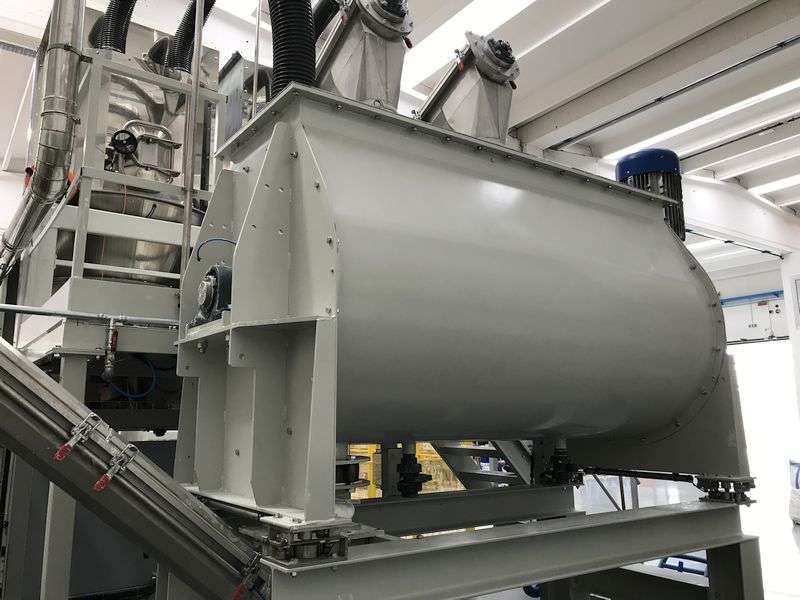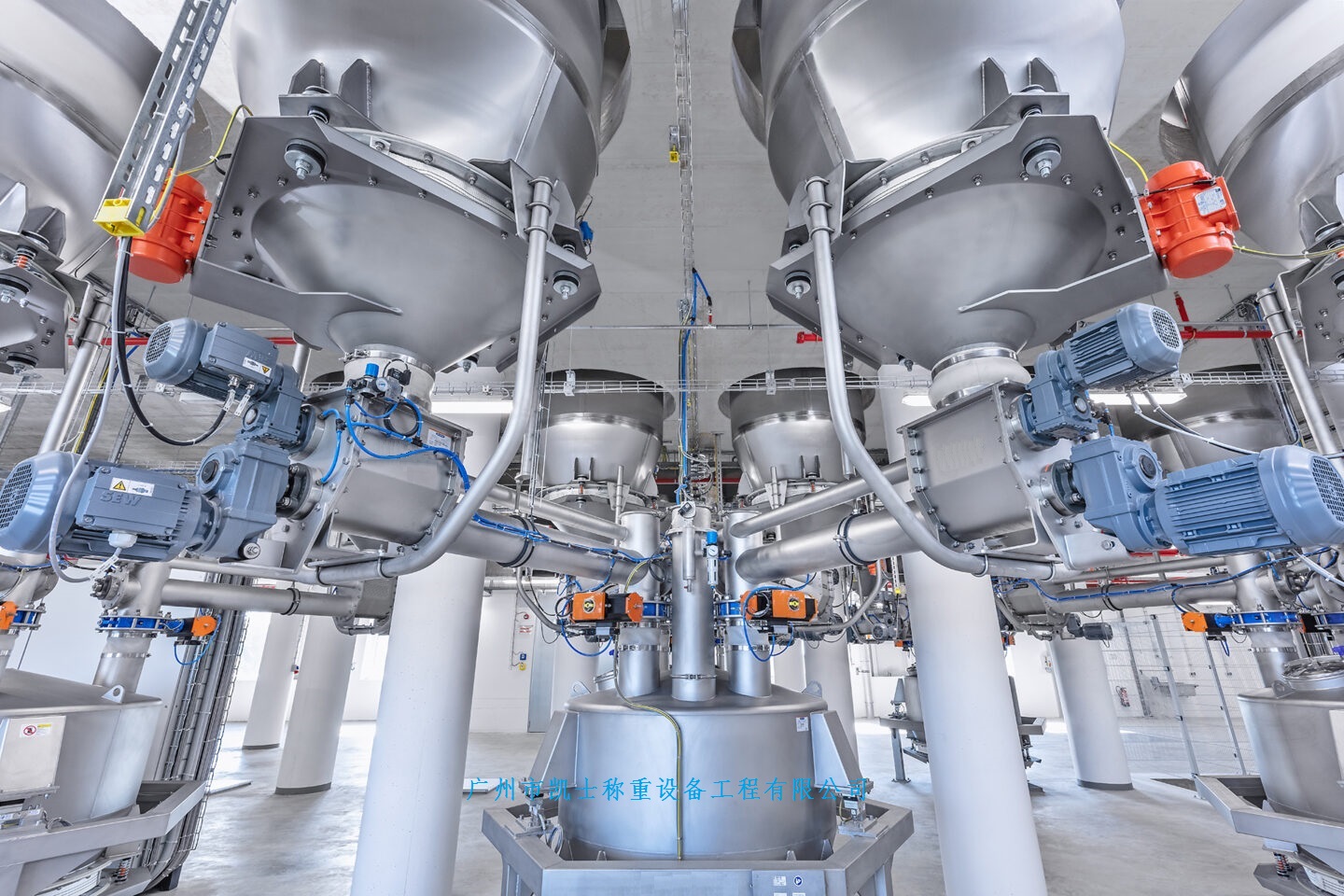

The weighing reduction machine controls the speed of the discharge screw conveyor based on the rate of weight reduction of the material in the weighing hopper to achieve the purpose of quantitative feeding. When the material in the weighing hopper reaches the lower limit of weighing, the discharge screw conveyor fixes the discharge volume according to the current speed and simultaneously controls the material in the silo to quickly drop into the weighing hopper. When the material is loaded to the upper limit of the scale, the loading stops. Rapid loading can shorten the feeding time, improve the accuracy of weighing and control precision. Through the fixed-value control of material quantities at each stage, automatic batching control and the collection and transmission of a series of signals are achieved during the production process, thus realizing precise control of feeding.
 020-34563445
020-34563445A weighing reduction machine is generally composed of a weighing controller, weighing module, frequency converter, feeding system, loading hopper, weighing device, stepping motor, control system, etc. The control system is generally composed of an industrial control computer (PLC), frequency converter, motor, speed and weight modules, etc. The PLC can independently implement closed-loop control and regulation of the material flow rate. The PID control algorithm is used for regulation, and the algorithm is embedded inside the PLC. It adopts a screw feeding method. When the deviation between the actual weighing quantity and the set target value is less than 95%, the material is fed and weighed at the maximum feeding speed. The maximum speed in the early stage is constant. Maintaining a constant maximum speed is mainly to shorten the entire weighing cycle as much as possible and reduce the weighing time. When the deviation between the actual weighing quantity and the set value is greater than or equal to 95%, the system automatically controls and adjusts the feeding speed, gradually reducing the feeding speed until the weighing value reaches the set target value. This is mainly to ensure the accuracy of weighing control.
The weighing and reduction machine adopts a screw Feeder for feeding, that is, a multi-stage feeding method determined by the motor speed. The basic idea is "fast at first, then slow, and finally jog", effectively combining weighing speed and weighing accuracy to improve weighing efficiency. A three-stage feeding method is adopted. In the first stage of feeding, the motor speed is relatively high and the feeding rate is large. Materials are fed to 90% to 95% of the given weight in a short time cycle. This stage focuses on shortening the weighing cycle and increasing the weighing speed. The second-level motor feeds at a low speed with a small feeding rate, adding 4% to 4.5% of the given weight. The motor speed of the third stage is lower and the feeding rate is smaller, and it is filled until the given weight is reached. The last two stages take up 1/3 to 1/2 of each feeding cycle, focusing on ensuring accuracy. Once the feeding drive stops, the filling stops immediately. Wait until the weighing device stabilizes before proceeding to the next weighing cycle.




